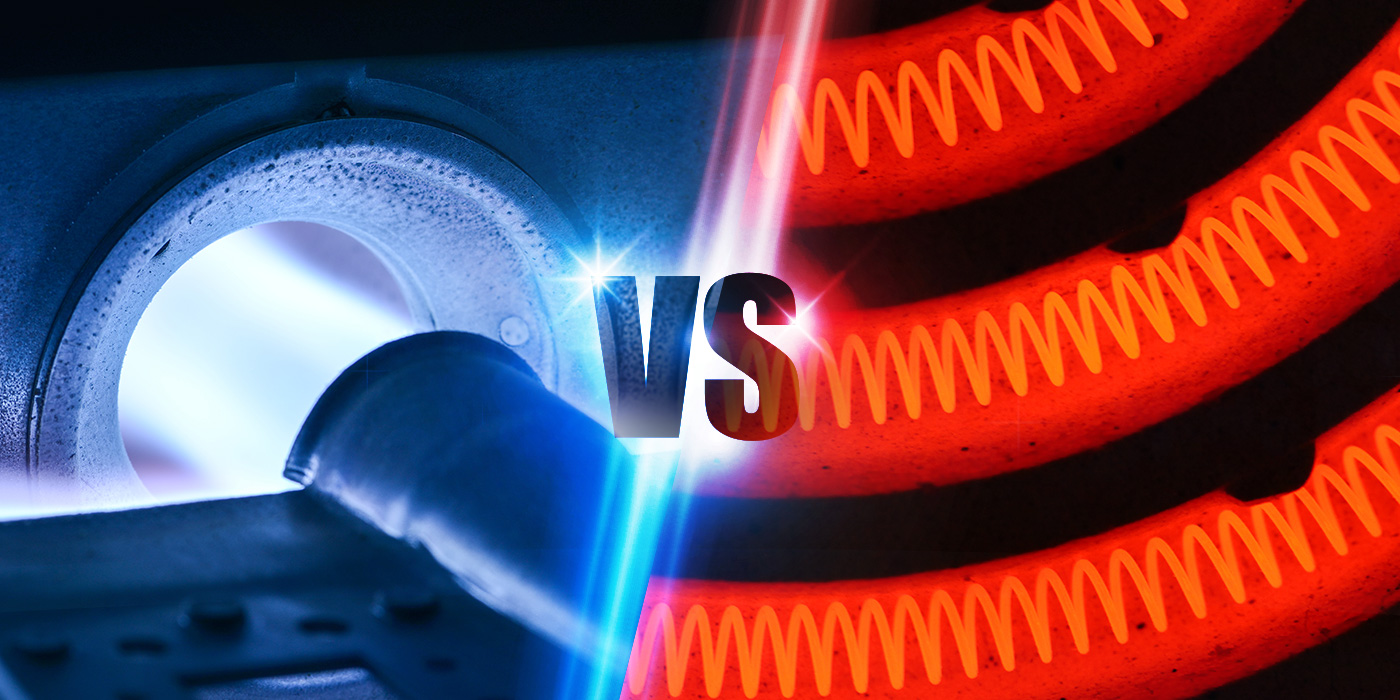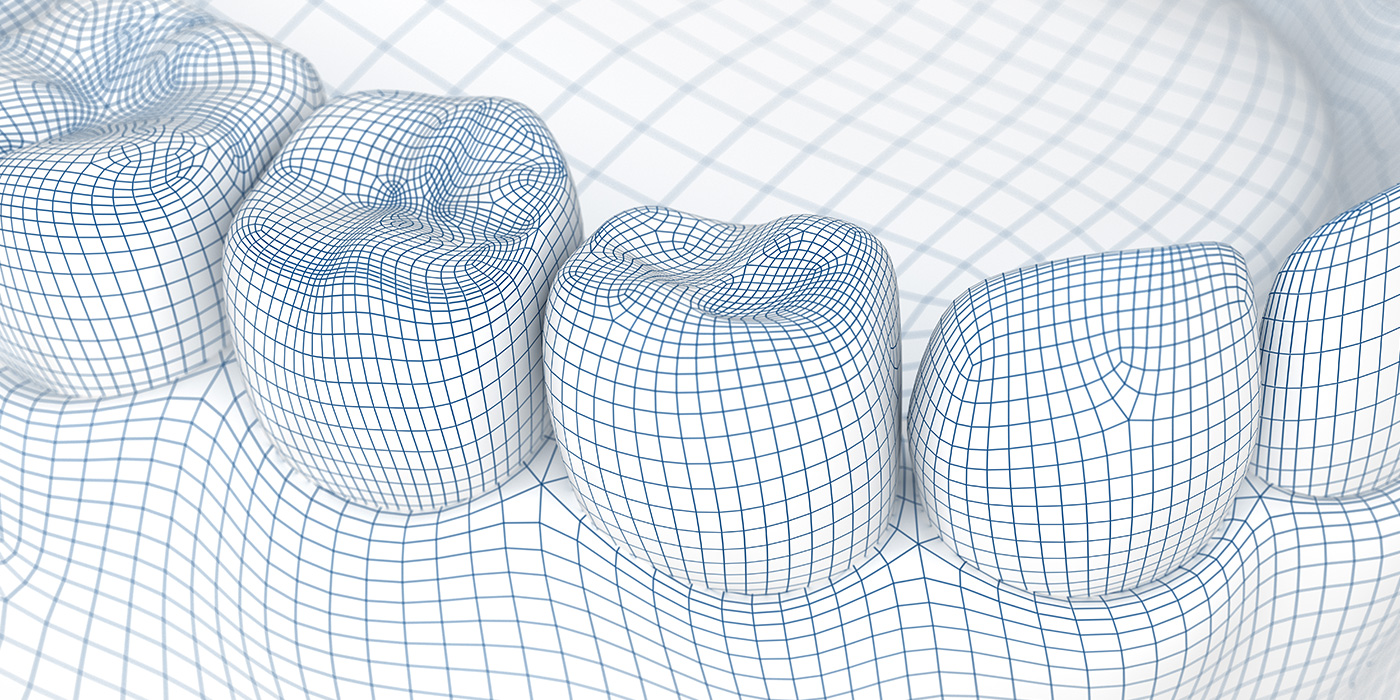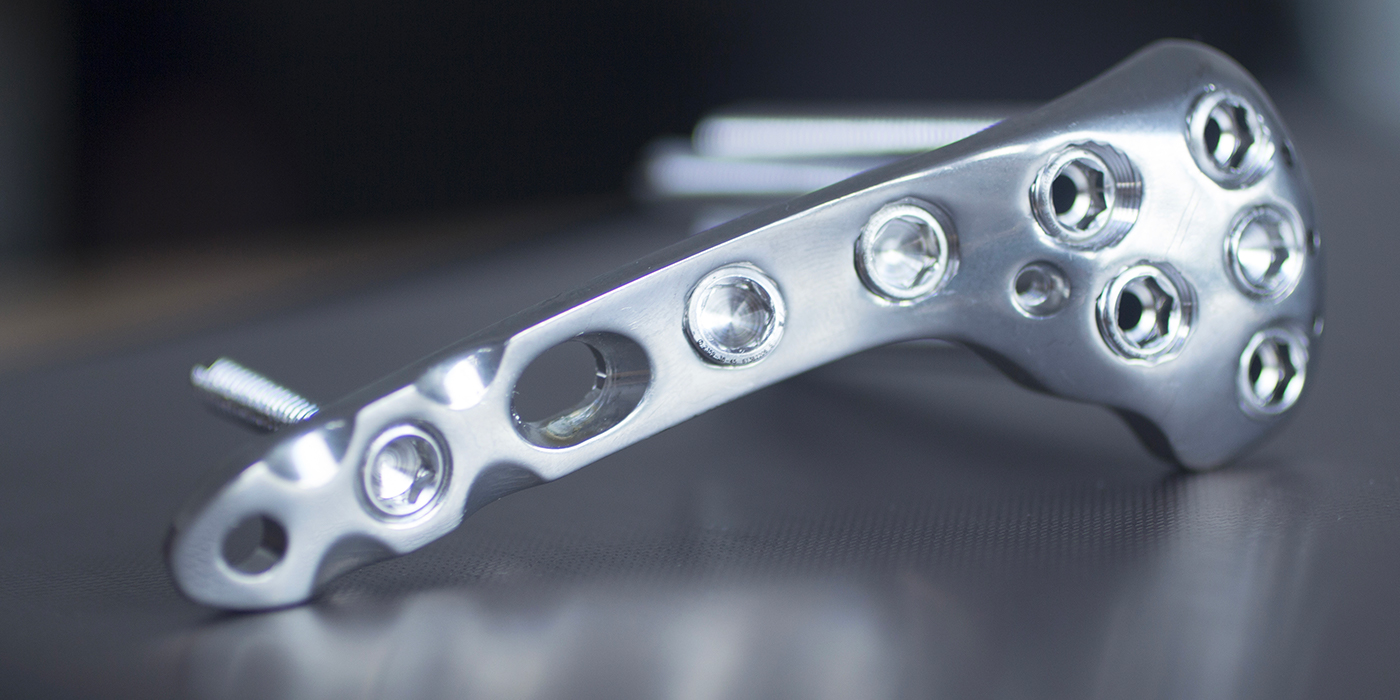Are Electric Furnaces the Future of Glass Manufacturing?
Posted on May 16, 2019

Overview of glass production
Glass production is typically energy-intensive. Glass furnaces may reach 1300-1550 ºC for the melting and refinement of the raw materials, depending on the formulation required.
Natural gas and electricity are the main energy sources, however historically, the glass industry has favored gas because it is an established technology, with low price, high purity, ease of control and the fact that there is no requirement for storage facilities. Gas furnaces have long life-times, on average over 12 years and sometimes up to 20 years.
Until recently electric glass melting furnaces have been used for specialty glasses, and particularly glasses with significant volatile constituents such as fluoride opal glasses, borosilicates and lead crystal. Interest is growing in extending its use through the industry.
Electric glass furnace production
The most effective method of electric glass production is to use electrodes immersed in the glass either as electric boosting (providing 5-20 % of total energy input) or all-electric melting. The immersed electrodes are connected to a power supply and transformer, to pass an electric current through the glass.
In all-electric furnaces, the melting energy comes from the electrodes (joule heat), with a gas burner being used for the initial start-up, or as an emergency heat source. These furnaces mainly operate ‘cold top’, where the raw material is distributed evenly over the melting surface of the glass, forming an insulating ‘batch blanket’. Melting and refining take place in one vertical process, with glass being drawn through a throat at the bottom of a deep melting tank.
Advantages of electric melting
Electric furnaces offer several advantages over gas furnaces. For example, they have very low direct emissions of CO2, thermal NOx or SOx emissions. With pressure to reduce emissions coming from both customers and legislation, this is a significant benefit. While it is possible to improve conventional gas furnaces to reduce emissions, this can result in more complex technology that results in additional maintenance, the use of non-environmentally friendly chemicals, and limitations to equipment lifespan.
Another benefit is that heat losses from electric furnaces are much lower. The thermal efficiency of gas furnaces peaks at around 45%. This means more energy is lost as heat than is used to convert the raw materials to molten glass. Heat losses occur from the superstructure of the furnace and in the residual waste gases, even if heat recovery systems are used. In contrast, the electrical approach means that the melting energy is transferred directly into the glass. Thermal efficiency can be over 70% even in a small electric furnace and can reach 85% in a large electric furnace.
All-electric furnaces are also more energy efficient than gas-fired furnaces; they use around 35% less energy. The difference in energy efficiency is particularly important for small furnaces. As furnace size decreases, the energy efficiency of electric furnaces remains very high, whereas the efficiency of gas furnaces drops dramatically and can be less than 20%.
Electric boosting can be a highly effective way to reduce overall energy consumption. It also means that energy release can be highly focused, helping to determine conditions in the glass bath. In some cases, a well-designed boost system can improve glass quality homogeneity, seed and stone losses. In contrast, in gas furnaces, where focused energy release is not possible, imprecise temperature profiles can be created in the glass.
A key advantage of the cold-top electric furnace is that everything that goes into the batch stays in the glass, aside from the gases released from the melting process, which permeate out through the batch blanket. Losses of batch constituents such as fluorine, boron, lead, various volatile refining agents and other constituents are almost eliminated.
Disadvantages of all-electric melting
While electric furnaces have lower capital costs, they have shorter life-times (2-7 years compared to 10-20 years for conventional furnaces) and higher energy costs. The economic viability of electric furnaces is closely related to the cost of electricity compared with gas. Higher thermal and energy efficiencies can offset this cost for smaller furnaces, but this might not be the case for larger furnaces.
The low environmental impact is only maintained if the furnace can receive power from renewable energy sources and requires a power grid that is reliable and stable.
There are also operational considerations. For example, the maintenance of electrodes to limit higher resistance caused by wear. It is not possible to melt higher temperature glasses (>1500C) and there is concern of corrosion/erosion of electrode material from certain glass compositions. Further, recycled glass may be an issue that requires new handling methods.
Conclusion
In most places, it is still environmentally cleaner to burn fossil fuels in a furnace than to use them to generate electricity for electric melting. However, as renewables increase their contribution to electricity production, this situation will change. It also appears that improvements in energy efficiency of fossil fuel combustion technologies have leveled off. As emissions legislation kicks in and consumers increasingly demand materials and technologies that are environmentally friendly, there may be well a swing in glass manufacture from gas to electric energy. The other advantages of electric melting, such as better thermal efficiency and energy consumption, will also count in its favor.
References
- https://www.eurotherm.com/efficient-future-for-the-glass-industry-is-all-electric
- https://www.glassmanevents.com/content-images/speakers/Andy-Reynolds-Fives.pdf
- http://www.electroglass.co.uk/articles/2010-09%20Electric%20Melting%20&%20Boosting%20for%20Glass%20Quality%20Improvement.pdf
- http://ietd.iipnetwork.org/content/electric-melting






